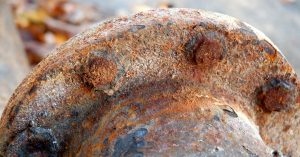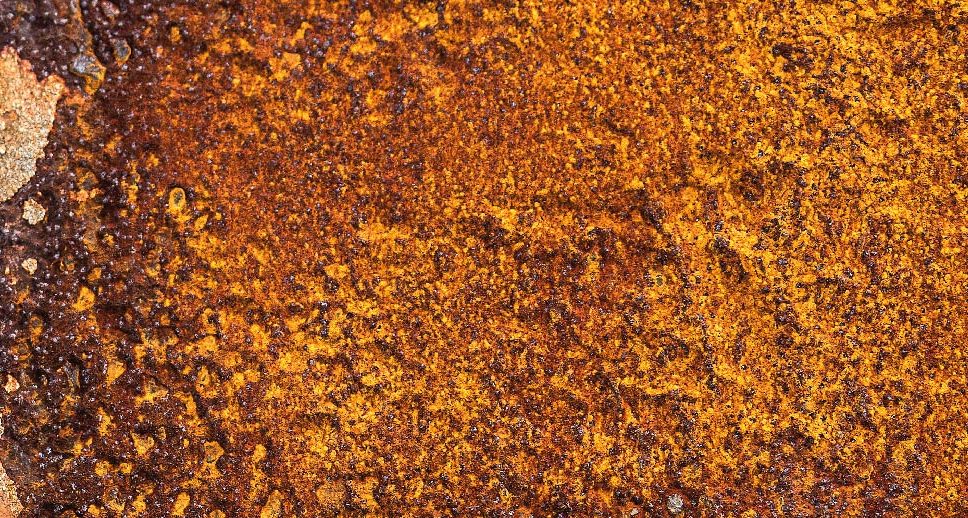If you work in the oil and gas industry, and especially if you’ve read our previous blog, OCTG: Preventing corrosion in oil and gas, you know all about the importance of corrosion control.
Corrosion repair is costly, and accidents caused by corrosion are huge hazards for both workers and the environment, as well as wasting valuable time and materials. This means corrosion is a huge concern and prevention is massively important, as it saves money and acts as insurance for OCTG.
We’ve put together 5 different types of corrosion prevention methods so you can discover what suits your business best.
Alloyed steel
Alloyed steel is carbon steel mixed with other metals, to create specific properties. In the case of corrosion prevention, different proportions and combinations of metals create alloys that are more resistant to different conditions, so if you have varied conditions, the flexibility is helpful. It also brings another layer of strength to your OCTG.
Alloyed steel is extremely effective at corrosion control, but is often prohibitively expensive.
Hot dip galvanisation
Hot dip galvanisation has been used to protect steel for over 250 years. It’s done by dipping steel into molten zinc at a temperature of roughly 449 °C (840 °F), creating a reaction that leads to a protective alloy coating. This offers protection both externally and internally of steel structures and acts as a barrier between steel and the atmosphere.
However, galvanisation must be done on a specialist site, increasing the downtime of equipment being treated, and it can be impossible to perform on extremely large equipment. The zinc fumes from the process are also very toxic, and maintenance of the coating is still required, particularly with high levels of environmental exposure.
Cathodic protection
Cathodic protection is an electrochemical corrosion controller. It works by attaching the base metal of the OCTG to a ‘sacrificial’ metal that corrodes instead of the base metal. It’s highly effective at preventing steel from corroding, but the sacrificial metal degrades fairly quickly, and often has to be checked and replaced, creating additional costs. Having an extra layer of metal attached also adds weight to the OCTG.
Solvent-based coatings
Solvent-based anti-corrosion coatings are a cheaper, easier alternative to many of the corrosion prevention methods mentioned above. They are applied to OCTG and create a thin film that acts as an insulating and physical barrier against corrosion, without adding significantly to the size or weight of the tubes.
However, solvent-based coatings can be hazardous to people and to the environment as they contain volatile organic compounds (VOCs).

Water-based coatings
Water-based coatings are often less effective than their solvent-based counterparts, but contain fewer VOCs and are less hazardous to people and the environment.
However, both these types of coatings have the disadvantage of relying on correct application, as poorly applied coatings can fail quickly.
AGMA has developed water-based coatings that work as effectively as our globally trusted solvent-based ones, and we have the expertise to help you with preparing for application too. To find out more about how to prepare your OCTG so that coatings can be applied correctly, read our blog, Oil and gas: why preventing OCTG corrosion is key.
The importance of preventing corrosion in the oil and gas sector can’t be overstated, and the right solution is a huge part in doing so.
What is the best way to prevent corrosion? Download our product brochure.


